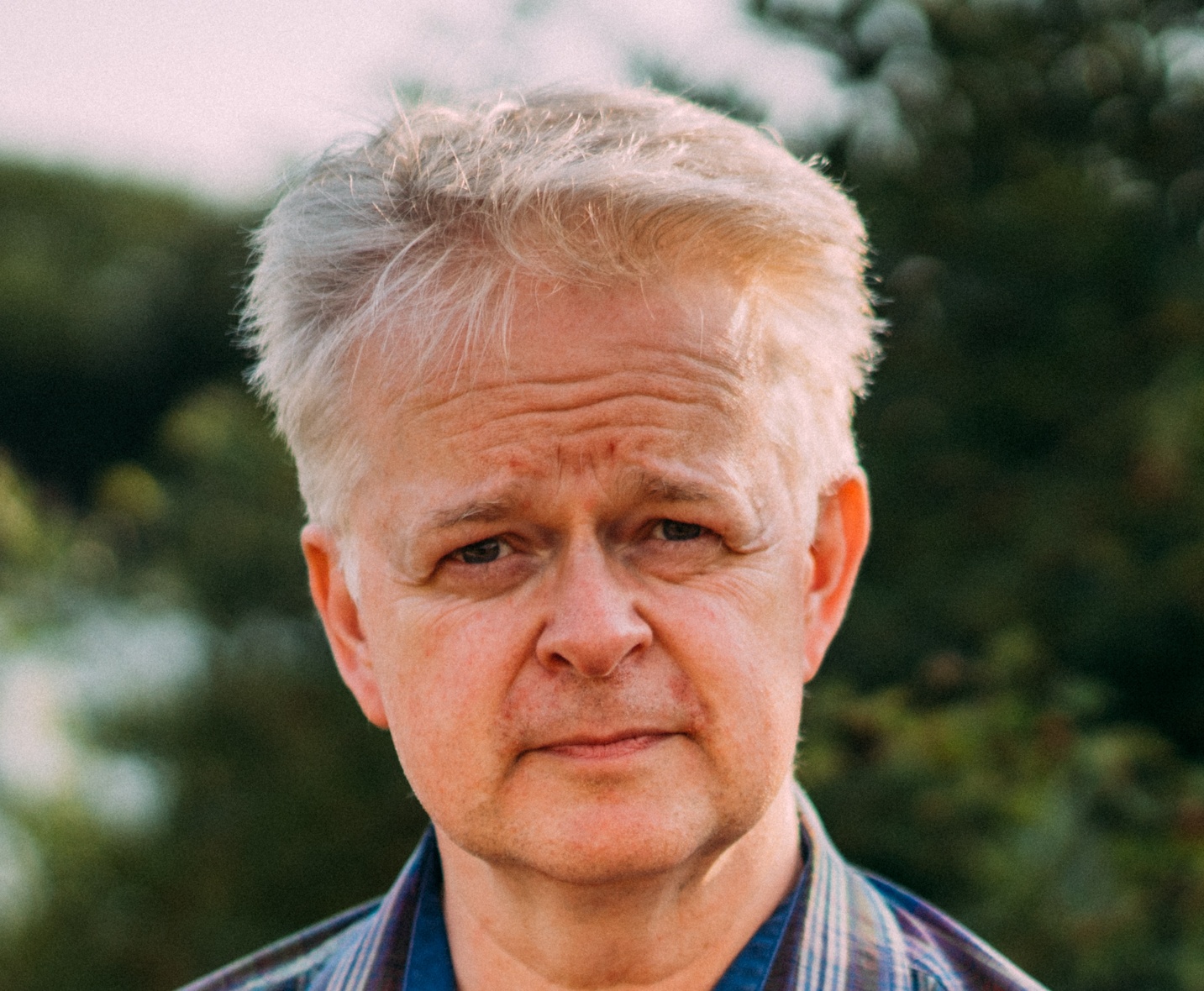The snow fell lightly onto my car’s windshield. Before me was the vast, dark expanse of Connaught Park. It was early morning. My son was practicing with his hockey team inside Kitsilano Rink behind the car. I was parked in the parking lot for the rink, stealing glances at the Twitch feed generously provided by the parent volunteering as health & safety officer. As a parent, because of pandemic protocols, I was not allowed in to watch my son stop pucks in person, so I had to make do with a pixelated image of my son, as lines of small pixelated figures approached and shot little black dots at him. Across my lap, barely clearing the steering wheel, was a large tome, hardcover, from a previous century: Percy Taverner’s Birds of Western Canada.
I did think what a strange image this must be. Would Taverner ever have imagined, when he penned this massive work of ornithological classification in the 1920s, it would be being read, scanned for information as to the specimen collector’s code of conduct, by a writer, himself penning a historical tale about the Mount Logan Expedition of 1925, in a small electric car, while the driver watched his son play hockey on a screen that acted as dashboard to the vehicle? Snowflakes continued to silently contact my windshield. It was February 2021.
What I was scanning these aging pages for, was information as to how Hamilton Mack Laing, collecting specimens in Alaska while the mountaineers pursued their own adventure, was permitted to gather these creatures for scientific study and appreciation, during the 1920s. Writing about his use of a .32 auxiliary to collect birds and animals, seemed to my sensibilities in this new century, as an act of destruction. But as I learned how scientific study was carried out, in an era well before streamed nature documentaries in high definition narrated by Sir David Attenborough, indeed in a time decades before television, the only way, Taverner lamented, for an authoritative ornithologist such as himself to study the natural world, was to have as wide a range of specimens to study. Laing, the field man, was a freelancer, given special permission to collect specimens with a rifle. And both he and Taverner knew this was a special privilege.
In an era between world wars, when firearms were many, and sportsmen headed out to shoot in increasing numbers, Taverner was concerned about the future of winged creatures. Laing had special permits, from American and Canadian authorities, to do his work. Furthering scientific study and appreciation for the conservation movement through the sacrificing of living creatures might be seen as backward today. But in the political, social and economic context of its day, when the average urban person connected with the creatures of nature by seeing them mounted in a museum’s collection, this was how the conservation movement and, to coin a term from today’s context, this what was influenced everyday people.
During the course of Laing’s time in the Chitina River valley, he was rolling film. He was a cinematographer as well as the naturalist for this expedition. It is this newfangled bit of technology, as cumbersome and primitive as it was by today’s standards, which would eventually allow us to become intimately involved with the world of nature, while sitting in our living rooms, watching a screen.
Which is what I was doing too, only in a car. Watching my son, the goaltender, stopping pucks, on a screen, observing actions taking place inside a building twenty metres away, so I could further my understanding of his training as a hockey player.
